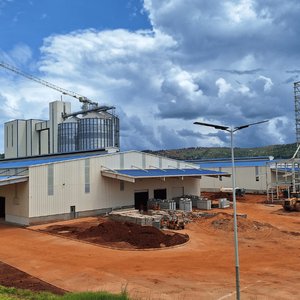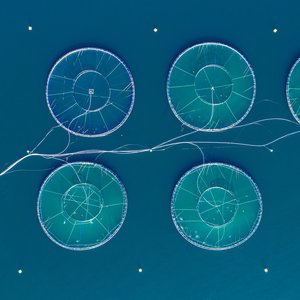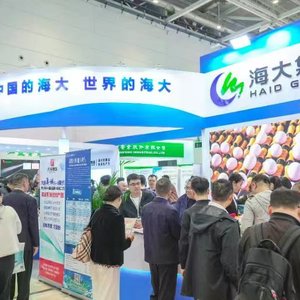NOFIMA Feed Report 2008/2009 – Surveillance of raw materials in feed for farmed fish
Surveillance of undesirable ingredients in feed for farmed fish collected in 2008 and 2009, showed overall good results, Norway's Nofima said in a report released today. The feed samples were largely below EU’s limit for maximum content, where these limits exist, and only showed a few findings of undesirable substances above this limit.
Monitoring the presence of different substances in fish feed and raw materials used in fish feed is necessary in order to have control of the entire production chain for farmed fish. It is also an important element in determining feed safety. As the feed for farmed fish comes from relatively few sources, and the content of nutrients and undesirables in fish fillets is affected by the feed, extensive monitoring of the fish feed together with farmed fish fillets is required in order to get a good overall picture of the food safety of farmed fish. Surveillance data of this kind is also needed to make reliable risk assessments related to farmed fish.
Results of samples collected in 2008/2009
The level of banned substances, additives, specific bacteria, fungicides, specific pharmaceuticals, herbicides, dioxin, PCB and various metals in fish feed was mapped. In 2008 a total of 359 samples of fish feed or fish feed raw materials were collected and analysed. Not all of the samples were analysed for all of the substances, but there were relatively large differences between the numbers of samples that were analysed for the different contaminants. Because of budget cuts, the number of samples was reduced to 25 in 2009, and therefore these relatively few samples collected in 2009 were analysed for more parameters.
The results from 2008 and 2009 show that largely the findings did not exceed the EU’s limit for maximum content, where such values exists, for organic environmental toxins, including dioxin, dioxin-like PCB and pesticides. In a few cases, the level of arsenic was above the limit. However, the limit for arsenic has now been increased as research has shown that this is safe for both fish and the consumer. In relation to EU’s current limit for maximum content for arsenic in fish feed, the limit was not exceeded. There were also two feed samples from 2008 that showed levels of mercury above EU’s limit for maximum content. The limit for mercury has also recently changed and no samples exceeded EU’s limit for maximum content in 2009.
Surveillance of fish feed
Fish feed and fish feed raw materials can contain undesirable substances which, in turn, can negatively affect the fish itself and in turn the fish consumed by humans, as well as being an environmental pollutant. The fish feed surveillance program provides data for use in the management of these areas. NIFES is responsible for monitoring the level of undesirables in fish feed and fish feed raw materials for fish and other aquatic animals under an assignment for the Norwegian Food Safety Authority. The seafood surveillance programme has been ongoing since the end of the 90s and is relatively comprehensive. The programme is particularly focused on analysing substances which may be of significance for food safety. This is an area which is regulated by law, with limits for maximum content for a number of substances. These limits are set by EU and is normally re harmonised with Norwegian laws in respect of the compounds mentioned in the report.
Download the Feed Report 2008 and 2009 (in Norwegian only) (PDF: 825 k).







